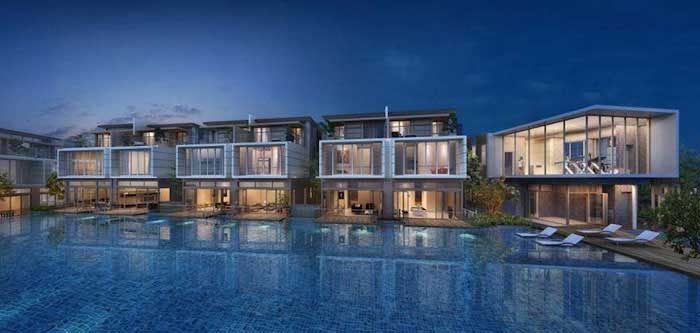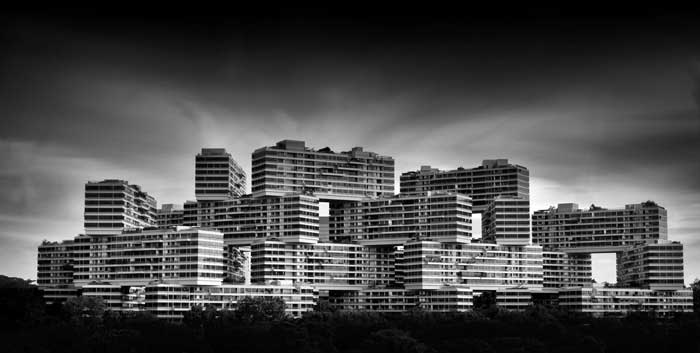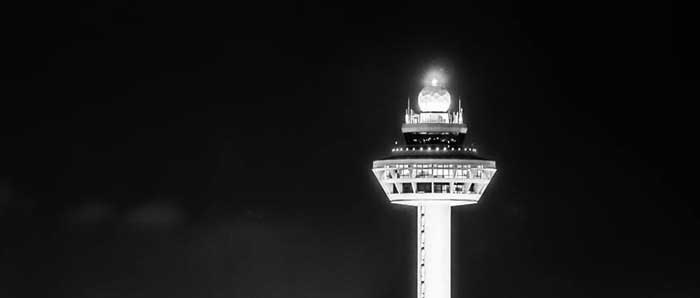Ever thought of living in a gated community home? Strata homes offers you with the opportunity to live in a communal home with amenities such as shopping centers, playground , security surveillance all day and night as well as other facilities such as a swimming pools. Strata homes are built independently but all the houses are enclosed in one major perimeter wall.
In the past few years, investment in Strata homes was a challenge to most potential buyers as policies from financial providers were offering zero debt servicing for them. There were loops in sales and resale's of the properties due to the financial status of the target market being a target of not being serviced by banks. This further impacted heavily on the price of tag of the homes between 2013 and 2015 where prices dropped by more than 10%.
All is not lost, as the industry is stepping on its feet again. The comeback of new condominium projects is a sign that there are viable prospects in the property. This is in line with informing the potential home owners to invest in this sector that has its niche not exploited to the maximum.
Certainly, landed homes give any potential home owner the value of their money when taking into consideration the aspect of price performance. From a recent research, landed homes did outdo the non-landed homes as far as price performance is considered. The price index of the property has registered an annual growth of over 4.8%.
Practically, resale of landed homes earns more than the non-landed homes. From 2005, the price for reselling a Strata home per square feet was $356 and had doubled to $716 per square feet in the year 2015. Figuratively, this is an indicator of an annual gain of over $7.2. Over the same period, the non-landed homes price per square feet had risen to $628.
Buyers should however , be cautious of the fact that the probability of gain in value of a Strata home will depend on the time of buying as well as the price that was paid. The above evaluation is for helping any buyer who is torn between investing in either landed or non-landed homes.
It is also important to note that all property listing do not necessarily reflect competitiveness in pricing of homes. This will help prevent the buyers from overpaying for home units as resale of the properties is subject to a factor of time.
More apartment projects have included landed homes in their units since the year 2011. The market has on the other been reflecting negative results as the homes have not yet been resold with the current resale market, there not easy to evaluate performance of their prices. This has led the evaluators to using anecdotal substantiation to evaluate the price performance.
The price gain over a period of time for Strata homes is higher compared to the non-landed condo units. As earlier indicated, it is a subject of timing and pricing while buying and selling. Giving examples, in Ridgewood, a unit bought in 2005 at $469 per square feet fetched $1,209 in 2015, indicating a 158% price gain. In another freehold establishment in Sandalwood, their reflection of price gain was 79% over the same period. This indicates that the landed homes offered more value for money.
The market view these landed homes as properties that are worth having for keep. Paying a price that is competitive for properties is call to the potential home buyers to conduct an in-depth research and due diligence of the property. Comparing with other locations will be crucial in making of such decisions. There are limited landed homes in the market and therefore wise to check on the best. From about 258,098 private homes and condo units, there were about 72,205 landed homes.
With regards to Singapore's fundamentals' of the economy, this scarcity is meant to safeguard the capital appreciation of the landed homes in the long term. To put this into perspective, there are around 1582 landed property that will be completed in five years' time. That is a representation of about 3% of the upcoming 57597 private homes. 56,015 non landed homes are also under construction.




